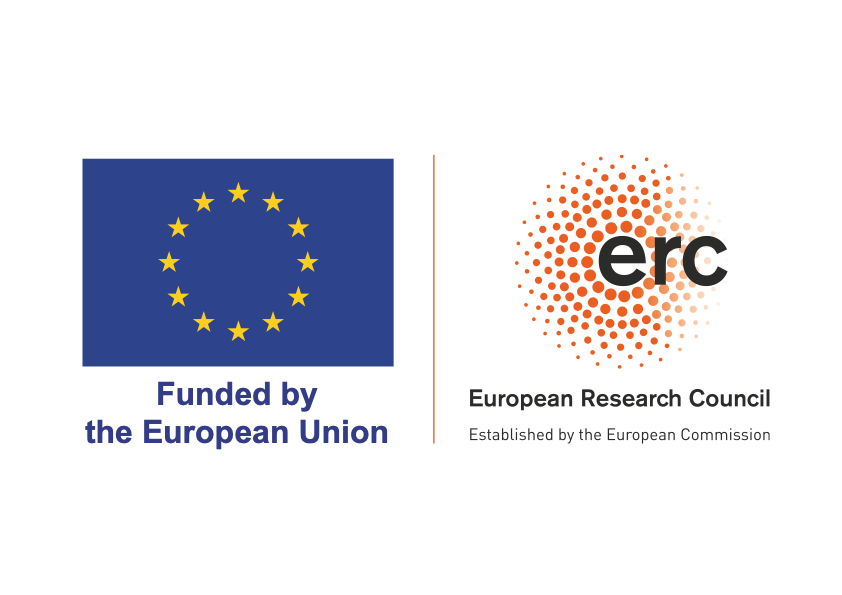
Project Overview
WAR-ON-CIVILIANS applies the methods of global history to explore the evolution of types of warfare that explicitly targeted the enemy’s civil population.
This is more than a comparison of discrete case studies. Global or transnational history emphasizes the connections between nations. Here we investigate how the circulation of knowledge and practices culminated by World War II in systematic attacks on civilians and the creation of home fronts that mobilized civilians. The spatial sweep is global, going well beyond conventional Eurocentric accounts. We will connect Japan’s long World War II in China and Asia-Pacific with that in Britain, Germany, France, and USA—plus the seldom-integrated cases of Italy, Spanish Civil War, and Soviet Union.
WAR-ON-CIVILIANS focuses on:
- Aerial bombardment and civil defense against it
- Food blockades and home front campaigns to ration food
- Efforts to demoralize enemy civilians while boosting morale at home
We examine the “lessons” of World War I, smaller wars, and developments in the oft-neglected interwar decades that led to the assault on cities in World War II. The project analyzes the impact of political regimes. Bombing, blockade, and civilian morale became common features in a variety of warring states—from democracies to authoritarian regimes on Right and Left, despite important differences.
In its temporal sweep, WAR-ON-CIVILIANS researches transnational developments going back to 1905, when Japan demonstrated new forms of mobilizing civilians in defeating Russia, and the British Admiralty began planning a wartime blockade of the German food supply.
The ERC Advanced Grant WAR-ON-CIVILIANS officially began on January 1, 2025, and will run for five years, ending on December 31, 2029.